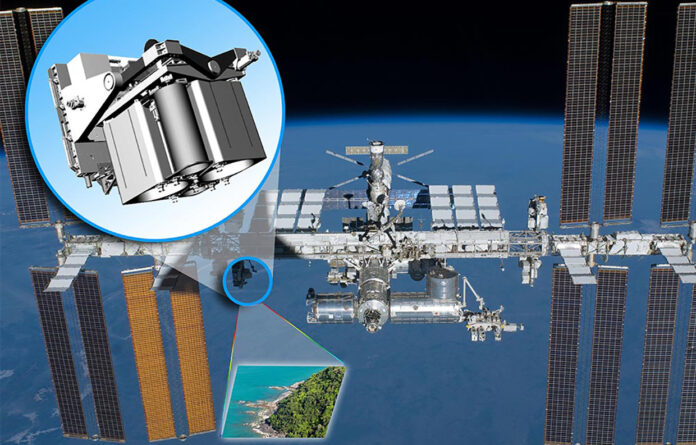HUNTSVILLE – Teledyne Brown Engineering is celebrating the fifth anniversary of their International Space Station (ISS)-based Multi-User System for Earth Sensing known as MUSES.
The precision-pointing platform for earth-viewing instruments can accommodate four payloads simultaneously and the ISS can robotically change, upgrade, and service the high-resolution digital cameras and hyperspectral imagers.
Teledyne Brown designed, manufactured, tested, and integrated MUSES with ongoing flight operations and maintenance. It was developed as part of a cooperative agreement with NASA and provides opportunities for imaging, technology demonstration, and space qualification of payloads supporting research, scientific studies, and humanitarian efforts for government and commercial customers.
In five years of service on the ISS, MUSES has performed 43,000+ hours of operations, made 29,000+ orbits around the earth, and traveled 77,000,000+ kilometers.
A year after MUSES was operational on the ISS, the German Aerospace Center’s (DLR) hyperspectral sensor Earth Sensing Imaging Spectrometer (DESIS) was installed on the MUSES platform. TBE has distributed DESIS data to 450+ customers and organizations to support business and research.
“This program is the result of our forward-thinking engineers with the support of NASA,” said TBE president Scott Hall. “Together, our team designed a system to promote efforts to commercialize the International Space Station in addition to humanitarian and environmental efforts.”
As the first commercially operated, remote sensing hosted payload platform on the ISS, MUSES has proven to be a robust system that continues to function flawlessly in the extreme conditions of space.
Don’t miss out! Subscribe to our email newsletter to have all our smart stories delivered to your inbox.



